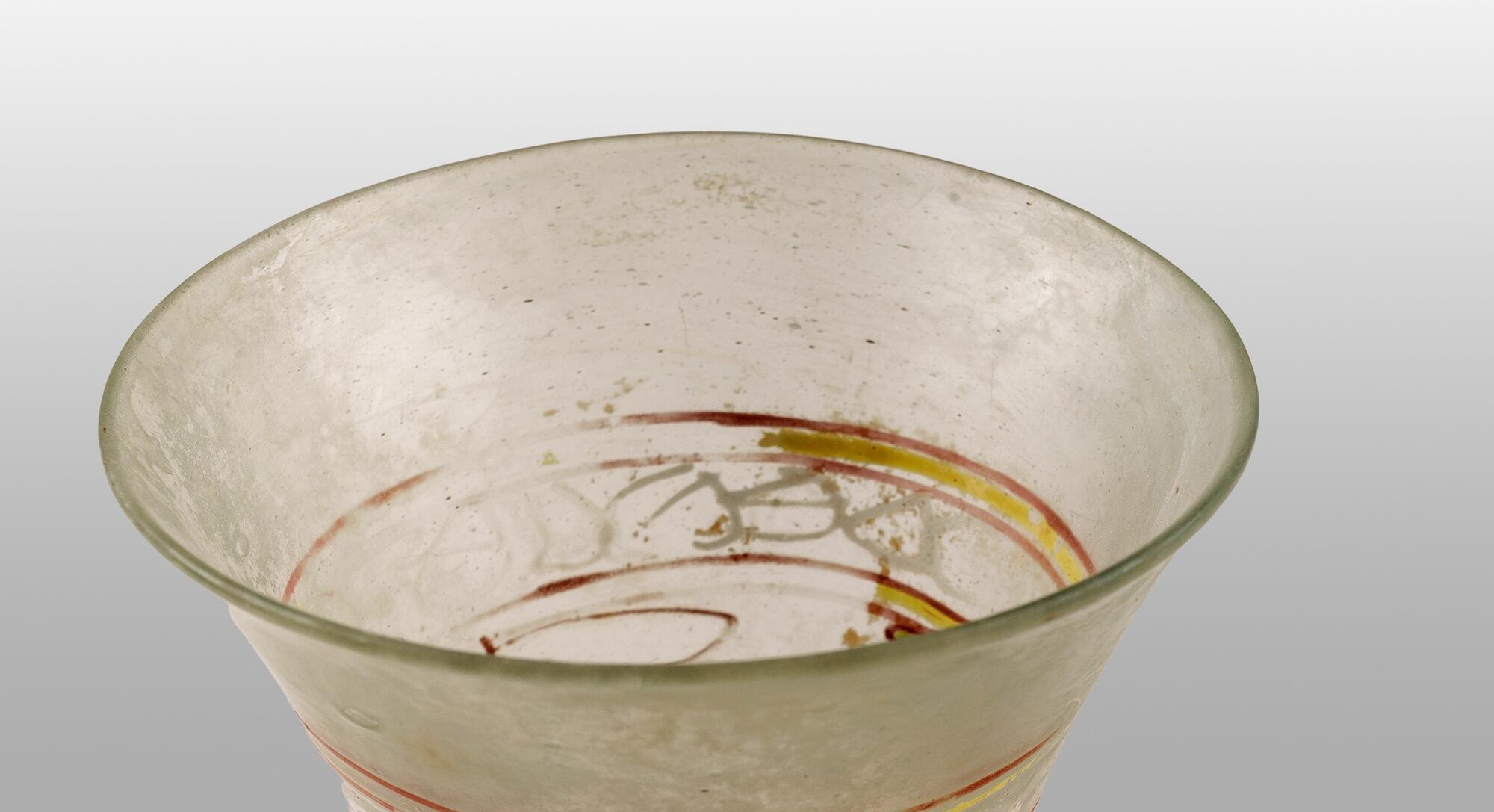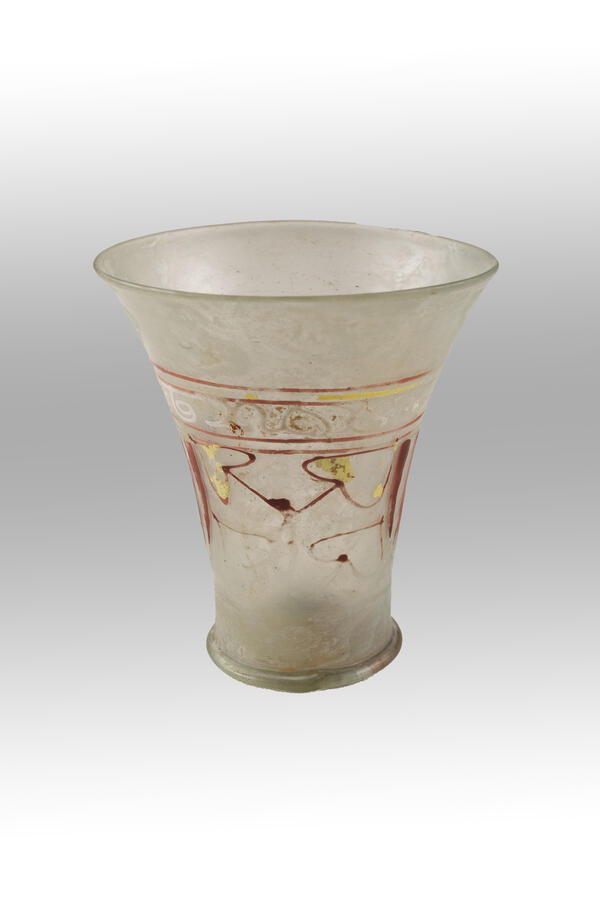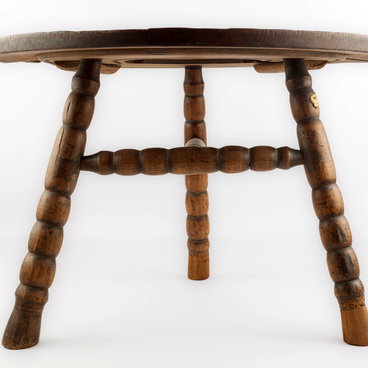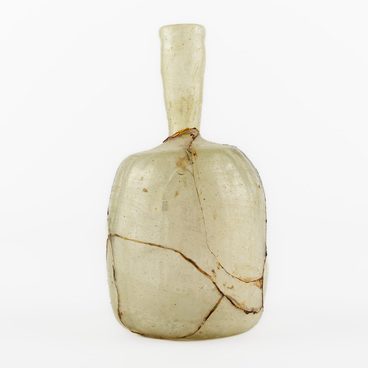Tableware has been around since the Stone Age. The first pots were hand-formed from clay containing numerous impurities (for example, sand), and simply dried in the sun. With the invention of the potter’s wheel and kilns and the improving techniques of raw material processing, ceramic vessels became increasingly elegant and beautiful. New forms emerged, and walls became thinner. But the new level of perfection was set by glass products that impressed with their grace and airiness.
The inhabitants of ancient Near East learned how to make glass several millennia ago. From there, the technology came to Greece and Rome, where talented potters elevated it to the rank of a high art. Vessels became thin-walled, transparent and lavishly adorned. During the antiquity and the Middle Ages, glass product were a rare and expensive commodity on the Black Sea coast of the Northwest Caucasus, since they had to be imported. The production technology of such products was still imperfect. Found in the burial, they testify to the high status of the deceased.
The glass from the museum collection was discovered in 1964 in a paired burial of the 13th –15th centuries that was destroyed during construction work on the territory of the “Pearl of the Sea” sanatorium in the village of Kabardinka, Krasnodar Territory. It was donated to the museum by the employee of the sanatorium A.S. Grishchenko. In the middle, the outer surface of the glass is decorated with a pattern of alternating colored stripes. This style is typical for the East, since the spread of Islam imposed restrictions on the images of living beings. This custom goes back far into the mists of time. It is based on the belief that creating a visual representation of any living being is competing with God who created all living forms. In this way, an artist equates himself to the creator.
In the Middle Ages, despite the gradual expansion of monotheistic religions into the Northwest Caucasus, pagan ideas about the structure of the afterworld and the afterlife were preserved in the region for a long time.
The inhabitants of ancient Near East learned how to make glass several millennia ago. From there, the technology came to Greece and Rome, where talented potters elevated it to the rank of a high art. Vessels became thin-walled, transparent and lavishly adorned. During the antiquity and the Middle Ages, glass product were a rare and expensive commodity on the Black Sea coast of the Northwest Caucasus, since they had to be imported. The production technology of such products was still imperfect. Found in the burial, they testify to the high status of the deceased.
The glass from the museum collection was discovered in 1964 in a paired burial of the 13th –15th centuries that was destroyed during construction work on the territory of the “Pearl of the Sea” sanatorium in the village of Kabardinka, Krasnodar Territory. It was donated to the museum by the employee of the sanatorium A.S. Grishchenko. In the middle, the outer surface of the glass is decorated with a pattern of alternating colored stripes. This style is typical for the East, since the spread of Islam imposed restrictions on the images of living beings. This custom goes back far into the mists of time. It is based on the belief that creating a visual representation of any living being is competing with God who created all living forms. In this way, an artist equates himself to the creator.
In the Middle Ages, despite the gradual expansion of monotheistic religions into the Northwest Caucasus, pagan ideas about the structure of the afterworld and the afterlife were preserved in the region for a long time.





